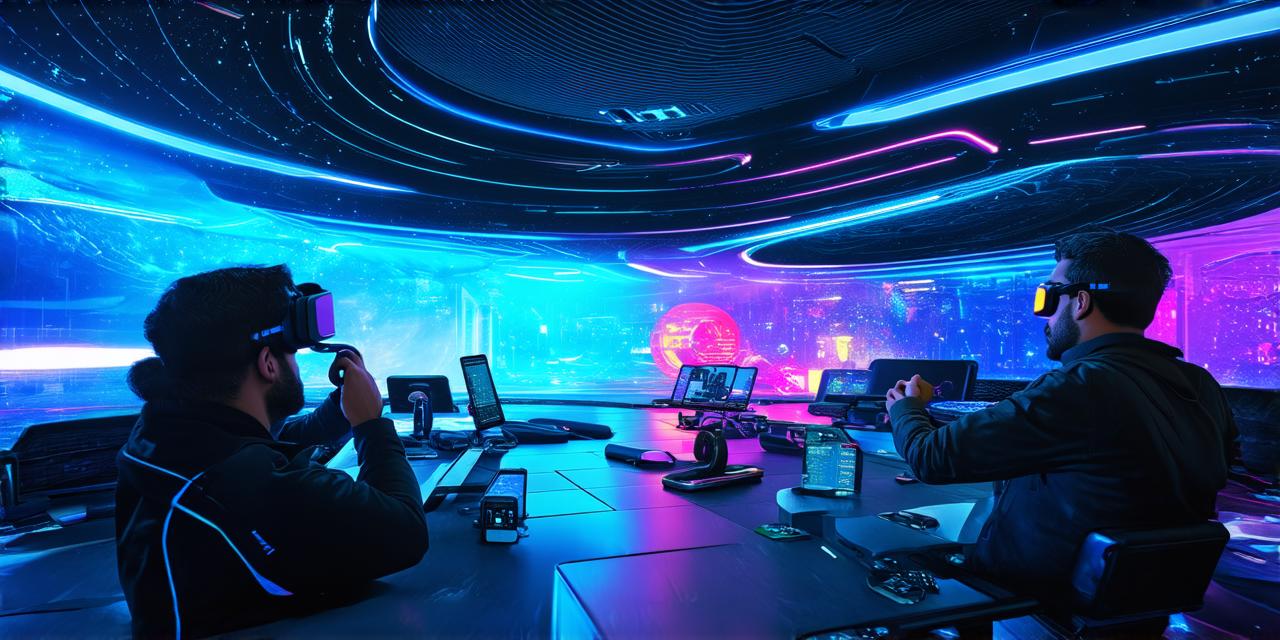Virtual reality (VR) is an emerging technology that allows users to experience immersive and interactive environments that simulate real-world or imaginary surroundings. With VR, users can interact with virtual objects and characters in a way that feels like they are truly present in the environment.
Healthcare
Virtual reality has the potential to revolutionize healthcare by providing patients with immersive and interactive experiences that can help them manage chronic conditions, recover from injuries, and improve their overall health and well-being. For example, VR can be used to simulate surgical procedures, allowing doctors to practice and perfect their skills before performing the actual operation.
This can reduce the risk of complications and improve patient outcomes.
One case study that demonstrates the potential of VR in healthcare is the use of virtual reality exposure therapy to treat anxiety disorders. In this therapy, patients are exposed to virtual environments that simulate situations that trigger their anxiety, such as flying or public speaking. By gradually exposing patients to these situations in a controlled environment, therapists can help them develop coping strategies and reduce their anxiety levels.
Another potential use of VR in healthcare is in the treatment of post-traumatic stress disorder (PTSD). VR can be used to simulate traumatic events, allowing patients to confront and process their experiences in a safe and controlled environment. This can help them heal and move forward from their trauma.
Education
Virtual reality has the potential to revolutionize education by providing students with immersive and interactive learning experiences that can help them better understand complex concepts and retain information more effectively. For example, VR can be used to simulate historical events or scientific experiments, allowing students to experience these events firsthand and gain a deeper understanding of the subject matter.
One case study that demonstrates the potential of VR in education is the use of virtual field trips to enhance student learning. In this program, students don VR headsets and are transported to different locations around the world, where they can explore historical sites, natural wonders, and cultural landmarks. By experiencing these environments firsthand, students can gain a deeper understanding of the world and develop a greater appreciation for different cultures and traditions.
Another potential use of VR in education is in the training of professionals, such as doctors, engineers, and architects. VR can be used to simulate real-world scenarios, allowing professionals to practice their skills and develop their expertise in a safe and controlled environment. This can improve their performance and reduce the risk of errors in the field.
Entertainment
Virtual reality has the potential to revolutionize entertainment by providing consumers with immersive and interactive experiences that can transport them to different worlds and allow them to engage with characters and environments in a way that feels like they are truly present. For example, VR can be used to create video games that are more engaging and interactive than traditional console games.
One case study that demonstrates the potential of VR in entertainment is the use of virtual reality roller coasters. These rides allow users to experience the thrill of riding a roller coaster without leaving the safety of their homes. By simulating the sensations of the ride, such as wind speed and direction, VR can provide users with an immersive and interactive experience that is both fun and exciting.
Another potential use of VR in entertainment is in the creation of virtual reality movies and documentaries. By using 360-degree cameras and other VR technologies, filmmakers can create immersive and interactive experiences that allow viewers to feel like they are a part of the action. This can create a more engaging and memorable viewing experience for consumers.
